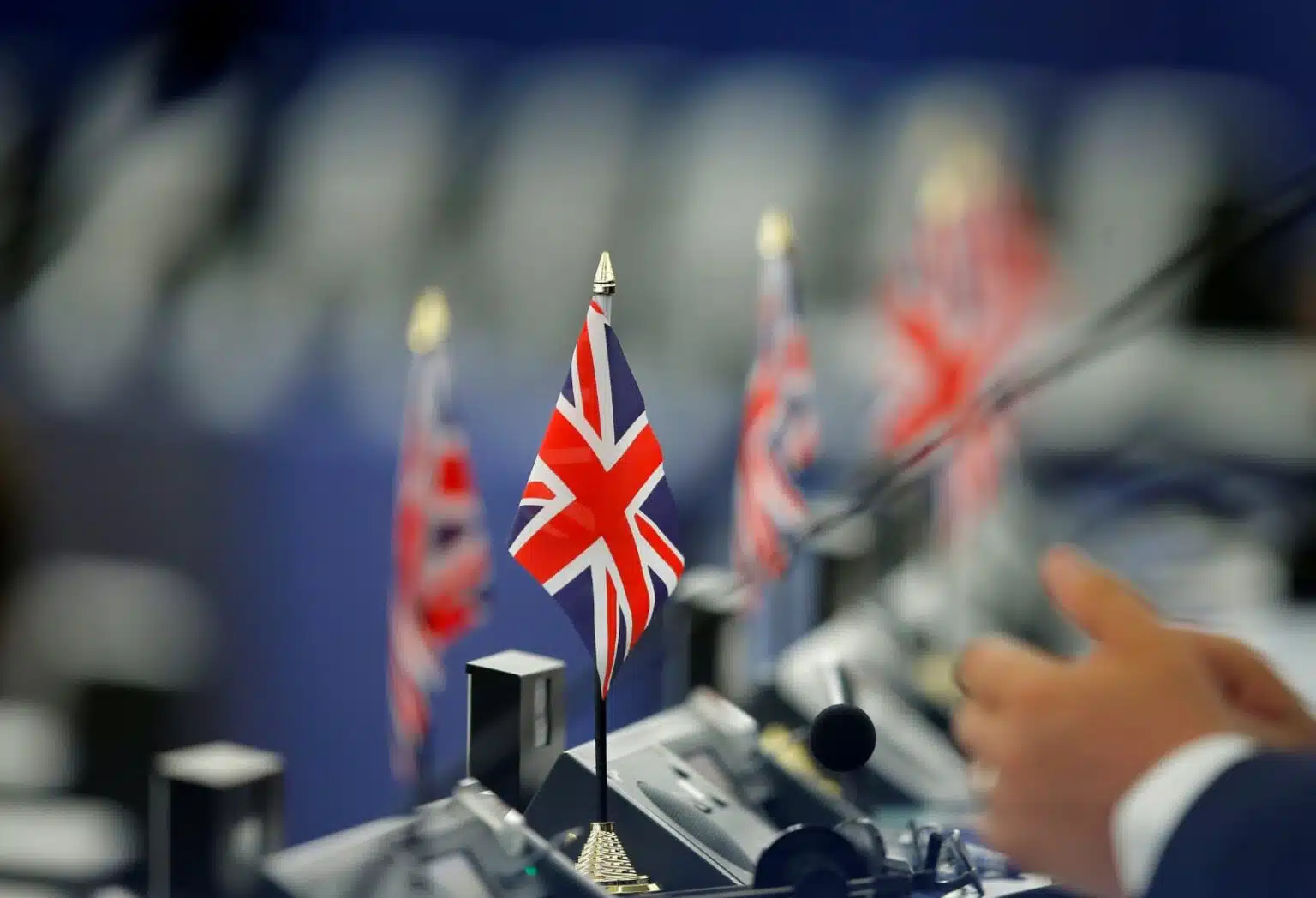The biggest new trade agreement the UK has made since leaving the European Union three years ago is it’s decision to join an Asia-Pacific trade pact that also includes Japan, Mexico, and Australia.

After nearly two years of negotiations, the British government announced on Friday that it had reached an agreement to join the Comprehensive and Progressive Agreement for Trans-Pacific Partnership (CPTPP) Australia, Brunei, Canada, Chile, Japan, Malaysia, Mexico, New Zealand, Peru, Singapore, and Vietnam are CPTPP participants.
According to the government, joining would lower tariffs on British dairy products and other products and remove red tape for services, “in the long run,” growing the U.K. economy by $2.2 Billion.
UK seeks trade ties with rapidly expanding economies
The agreement demonstrates the real economic gains of the country’s post-Brexit freedoms. As the first new nation and the first European country to join, the U.K.’s entry into the CPTPP multilateral trade system puts the U.K. at the centre of a volatile and competitive group of Pacific economies, according to Prime Minister Rishi Sunak.
In response to the region’s economic growth and China’s growing influence on the global stage, the U.K. is pursuing “Indo-Pacific tilt” in its economic and foreign policy at the same time as the deal.

Critics claimed that the agreement with countries located thousands of miles apart pales in comparison to the trade between Britain and its 27 EU neighbours. Trade between the UK and the EU has been hampered by Brexit despite the EU continuing to be the UK’s largest trading partner.
The CPTPP’s membership would not have a significant economic impact, but “on balance,” according to David Henig, a trade expert at the European Centre for International Political Economy, it would be beneficial for Britain.
He shared on Twitter that trade policy isn’t doing much for the UK (services provisions, for example, are weak), but fiscal policy is primarily about marginal benefits these days, and it ought to emphasise.
UK and the trans-Pacific countries
The largest economy in the world, the United States, is not a member of the CPTTP because former President Donald Trump pulled the nation out of the Trans-Pacific Partnership. Joe Biden, his successor, has not re-joined.
While China’s application, being the second largest economy in the world, would increase the group’s population to about 2 billion.

The key to accelerating Britain’s growth in the economy after leaving the European Union is fostering stronger trade relationships with other nations and expanding into new markets. According to the Department of Business and Trade, the UK would be able to sell nearly all of its products to 500 million customers without paying any tariffs if it joined the CPTPP.
The government’s foreign policy now includes a stronger focus on the rapidly expanding Indo-Pacific region. There are four billion people living in the region, which is made up of 40 nations and economies, including China, India, and Australia.
Membership in the CPTPP will benefit businesses for UK
Modern digital trade regulations that remove unnecessary barriers for businesses, permit data to flow freely between members, and safeguard commercial source code and encryption. Quicker removal of tariffs on UK exports like cars and whisky.
Rules of origin that permit content from any CPTPP member state to be considered “originating.” For instance, this would allow for increased use of batteries and other components with Japanese origins in vehicles manufactured in the UK. Business travellers will find it simpler to travel between CPTPP nations, possibly with the help of quicker and less expensive visas.













